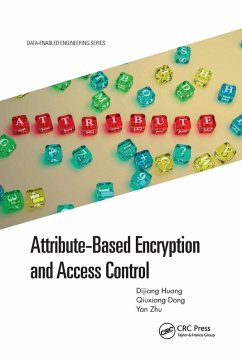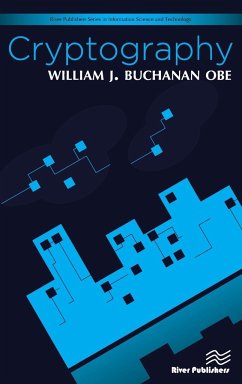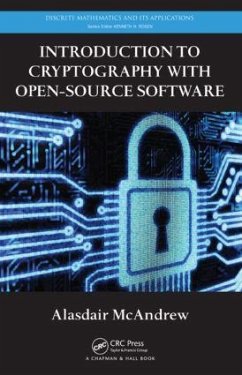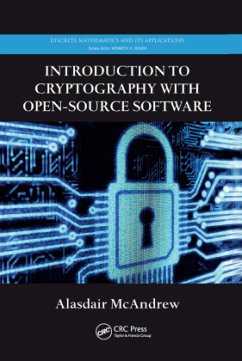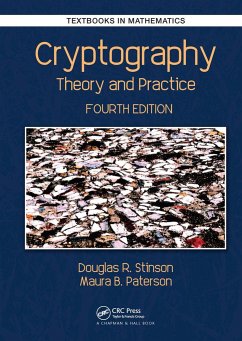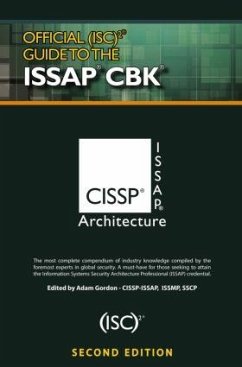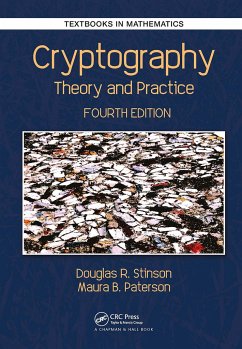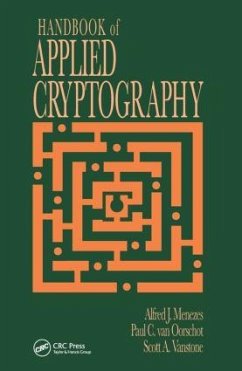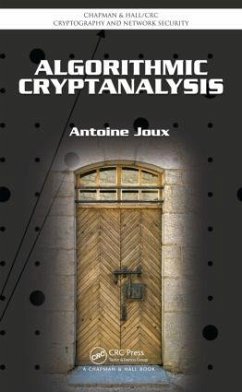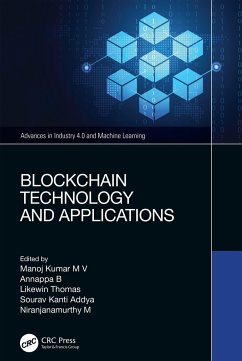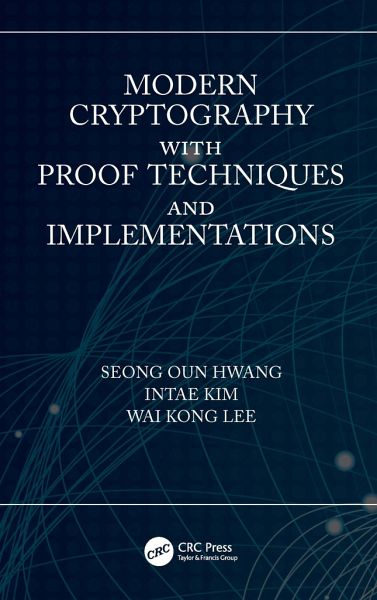
Modern Cryptography with Proof Techniques and Implementations
Versandkostenfrei!
Versandfertig in 6-10 Tagen
48,99 €
inkl. MwSt.
Weitere Ausgaben:

PAYBACK Punkte
24 °P sammeln!
Proof techniques in cryptography are very difficult to understand, even for students or researchers who major in cryptography. In addition, in contrast to the excessive emphases on the security proofs of the cryptographic schemes, practical aspects of them have received comparatively less attention. This book addresses these two issues by providing detailed, structured proofs and demonstrating examples, applications and implementations of the schemes, so that students and practitioners may obtain a practical view of the schemes.Seong Oun Hwang is a professor in the Department of Computer Engin...
Proof techniques in cryptography are very difficult to understand, even for students or researchers who major in cryptography. In addition, in contrast to the excessive emphases on the security proofs of the cryptographic schemes, practical aspects of them have received comparatively less attention. This book addresses these two issues by providing detailed, structured proofs and demonstrating examples, applications and implementations of the schemes, so that students and practitioners may obtain a practical view of the schemes.
Seong Oun Hwang is a professor in the Department of Computer Engineering and director of Artificial Intelligence Security Research Center, Gachon University, Korea. He received the Ph.D. degree in computer science from the Korea Advanced Institute of Science and Technology (KAIST), Korea. His research interests include cryptography, cybersecurity, networks, and machine learning.
Intae Kim is an associate research fellow at the Institute of Cybersecurity and Cryptology, University of Wollongong, Australia. He received the Ph.D. degree in electronics and computer engineering from Hongik University, Korea. His research interests include cryptography, cybersecurity, and networks.
Wai Kong Lee is an assistant professor in UTAR (University Tunku Abdul Rahman), Malaysia. He received the Ph.D. degree in engineering from UTAR, Malaysia. In between 2009 - 2012, he served as an R&D engineer in several multinational companies including Agilent Technologies (now known as Keysight) in Malaysia. His research interests include cryptography engineering, GPU computing, numerical algorithms, Internet of Things (IoT) and energy harvesting.
Seong Oun Hwang is a professor in the Department of Computer Engineering and director of Artificial Intelligence Security Research Center, Gachon University, Korea. He received the Ph.D. degree in computer science from the Korea Advanced Institute of Science and Technology (KAIST), Korea. His research interests include cryptography, cybersecurity, networks, and machine learning.
Intae Kim is an associate research fellow at the Institute of Cybersecurity and Cryptology, University of Wollongong, Australia. He received the Ph.D. degree in electronics and computer engineering from Hongik University, Korea. His research interests include cryptography, cybersecurity, and networks.
Wai Kong Lee is an assistant professor in UTAR (University Tunku Abdul Rahman), Malaysia. He received the Ph.D. degree in engineering from UTAR, Malaysia. In between 2009 - 2012, he served as an R&D engineer in several multinational companies including Agilent Technologies (now known as Keysight) in Malaysia. His research interests include cryptography engineering, GPU computing, numerical algorithms, Internet of Things (IoT) and energy harvesting.





